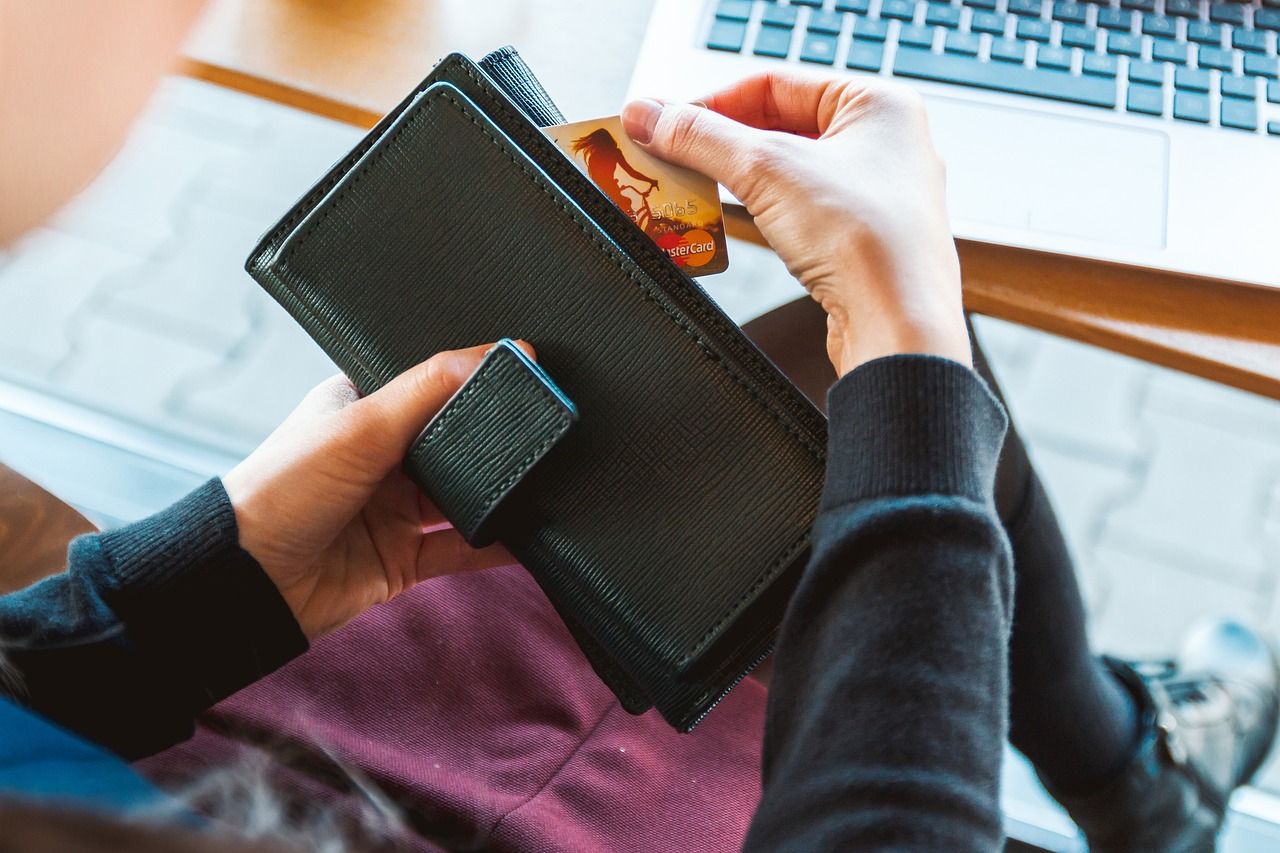- The general lack of customer awareness is a major challenge for crypto adoption
- Efforts to develop and promote stablecoins could help mitigate volatility
One of the most remarkable disruptions of the EU’s fintech landscape over the last eight years has been the emergence of neobanks.
Nikolay Denisenko is a Revolut alumnus and co-founder & CTO of Brighty app, a Swiss neobank bridging fiat and crypto wealth management. Bankless Times talked to him about practical problems and hands-on solutions for rising neobanks and fintechs.
What limitations does crypto adoption face in 2023?
One of the most significant challenges for crypto adoption is the general lack of customer awareness. To overcome it, the crypto community and companies must demystify new technologies — and the best way to do that is to invest in education.
It’s essential that regulators strike a balance between protecting consumers and fostering innovation in the space.
Efforts to develop and promote stablecoins, which are pegged to more stable assets, could help mitigate volatility.
What are some benefits of Web3 technology for neobanks and fintechs?
Neobanks and fintechs can leverage it to create more secure, efficient, and transparent financial services that empower users and give them greater control over their assets.
They can largely benefit from seamlessly integrating cryptocurrencies, stablecoins, and other digital assets into their platforms.
Interoperability can help build seamless bridges between traditional financial systems and the emerging decentralized ecosystem, providing customers with a more comprehensive and user-friendly experience.
What is the state of neobanking in the EU?
The EU has seen a surge in the number of neobanks, as well as established financial institutions launching their digital banking offerings. Neobanks leverage APIs to integrate with other platforms and offer a seamless, interconnected financial ecosystem.
Many European neobanks have successfully expanded their operations beyond the EU, reaching markets in North America, Asia, and other regions. This expansion highlights the global potential of neobanking services and the ability of European neobanks to scale and compete in international markets.
If you had to create one more neobanking startup from scratch, what would be your priorities?
The first step would be to secure the required licenses, such as the Electronic Money Institution (EMI) or Payment Institution (PI) licenses.
Adopting the lean startup approach would involve launching a minimum viable product (MVP) quickly and iterating based on customer feedback. This would enable the neobank to test its product-market fit, gather valuable insights, and refine its offerings in response to real-world user needs.
Building strong communication channels with customers would be vital to understanding their needs, expectations, and pain points.
A customer-centric approach would help the neobank to shape its products and services based on genuine customer needs, fostering loyalty and satisfaction.













